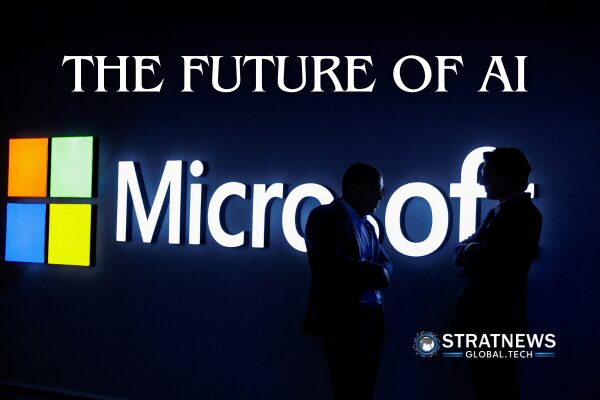Microsoft Paving the Way for a More Connected AI Ecosystem
Microsoft is envisioning a future where artificial intelligence (AI) agents from different companies can work together seamlessly and remember past interactions more effectively. Speaking ahead of the company’s Build developer conference, Chief Technology Officer Kevin Scott shared Microsoft’s ambitions to promote open standards across the AI industry.
Build 2025, held in Seattle starting 19 May, is expected to showcase the tech giant’s latest developer tools. These tools are geared towards enhancing how AI systems, known as agents, perform tasks independently—such as resolving software issues or managing user queries.
Microsoft Embraces Model Context Protocol for AI Interoperability
At a pre-conference event at Microsoft’s headquarters in Redmond, Washington, Scott highlighted the company’s support for the Model Context Protocol (MCP). This open-source standard, introduced by Anthropic and backed by Google, is designed to enable AI agents from various providers to communicate and collaborate.
Scott likened MCP to the early hypertext protocols that made the internet widely accessible in the 1990s. “It means that your imagination gets to drive what the agentic web becomes, not just a handful of companies that happen to see some of these problems first,” he said.
By fostering this “agentic web,” Microsoft hopes to unlock a new level of AI interoperability, allowing agents from different firms to interact fluidly and enhance each other’s capabilities.
Enhancing AI Memory with Structured Retrieval
Beyond interoperability, Microsoft is also working on making AI agents smarter by improving their memory. Scott noted that current AI interactions are mostly transactional, with little continuity from one session to the next.
To address this, Microsoft is developing a technique called structured retrieval augmentation. This method involves AI agents saving concise snippets from each interaction, effectively creating a memory roadmap. This process mirrors how human brains store key information instead of recalling everything from scratch.
However, improving AI memory is resource-intensive, requiring significant computing power. Microsoft’s structured approach aims to strike a balance between enhanced capability and cost efficiency.
Scott explained, “This is a core part of how you train a biological brain—you don’t brute force everything in your head every time you need to solve a particular problem.”
As Microsoft leads the charge in building more intelligent, cooperative AI systems, its efforts to promote open standards and smarter memory could shape the next phase of AI innovation.
with inputs from Reuters



